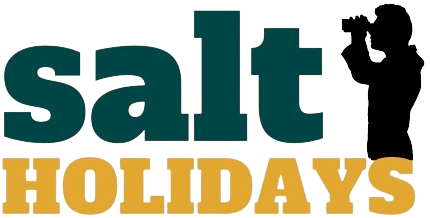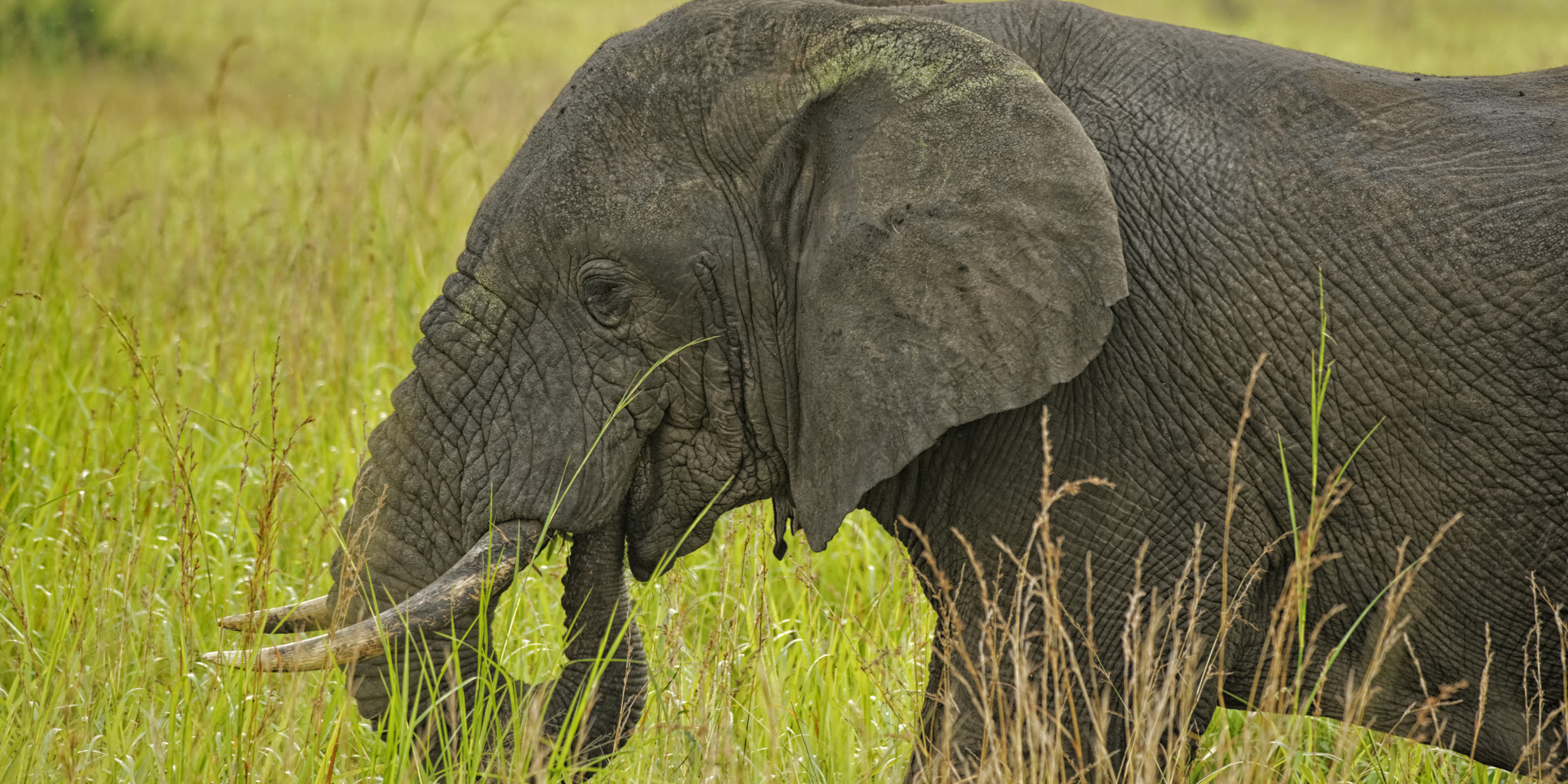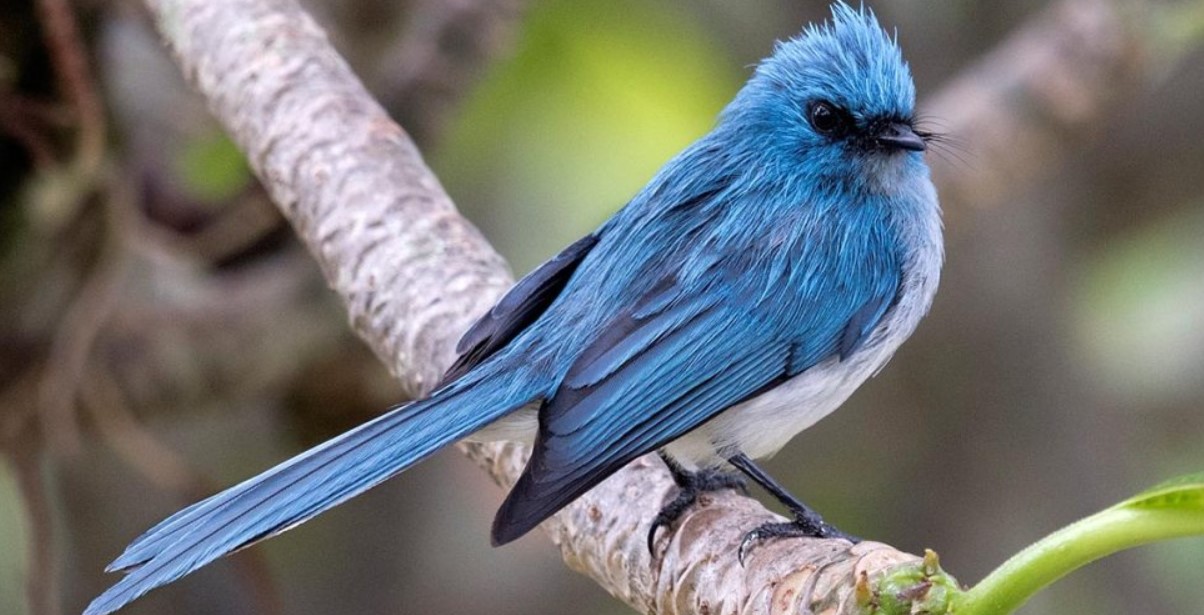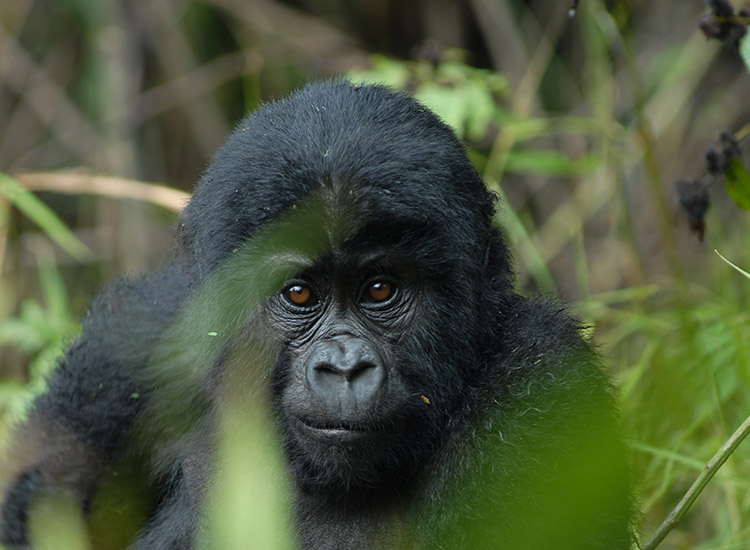What is Queen Elizabeth National Park famous for? Queen Elizabeth National Park it is located…
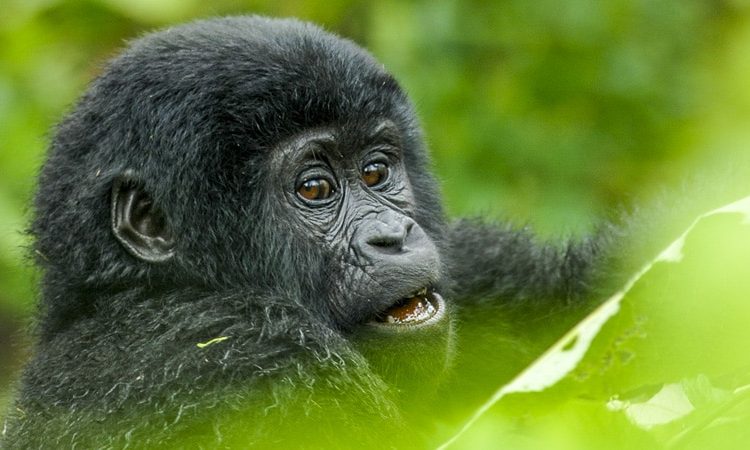
At what time does gorilla trekking in Mgahinga National Park start and end?
At what time does gorilla trekking in Mgahinga National Park start and end? Gorilla trekking safari in Mgahinga gorilla national park normally begins at 7:00 am and ends by 5:00pm with the entire experience lasting around 9 to 10 hours. Gorilla trekking safari starts with an early morning briefing at the park headquarters, Ntebeko Visitor Centre at 7:00am, where the trekkers receive important information on the safety guidelines, gorilla behavior, and trekking etiquette.
By 7:00am, the guided groups, limited to eight people, depart for the trek, accompanied by the experienced park rangers and the park guides. The trek duration varies ranging from 2-6 hours, depending on the gorilla family’s location and movement. And once the gorillas are located, the trekkers spend an hour observing these wonderful creatures, keeping a safe distance to avoid disturbing them.
After the observation period, the gorilla trekkers begin their descent, usually returning to the park headquarters by 4:00 to 5:00 pm. Throughout the day, the trekkers enjoy the scenic views of the Virunga mountains, lush forests and potentially spot other wildlife including the bird species, monkeys and the reptiles and among many others. The entire safari experience required physical fitness, stamina, and the attention to the park rules to ensure both human and gorilla safety.
You are advised to note that the gorilla trekking time many vary due to the gorilla movement and habitat, permits are required and limited so you are advised to book in advance, the age restriction for gorilla trekking safari is 15 years and above, physical conditioning and health requirements are necessary, rangers and guides provide expert guidance throughout.
Gorilla trekking safari in Mgahinga gorilla national park has specific starting and ending times to ensure a safe, enjoyable and responsible safari experience for both humans and gorillas. The 7:30 am start allows the trekkers to capitalize on the gorillas’ morning habitats, when they are most active and easiest to locate, while also avoiding the midday heat. Gorilla trekking safari, typically ends by 5:00 pm serves several purposes, it prevents habituation to the gorillas, reducing stress and the potential habitat disruption, allows trekker to descend before late evening, reducing injuries and getting lost and enables park rangers to monitor and control visitor numbers, maintaining the fragile ecosystem.
Additionally the scheduled timing enables efficient permit management and group organization, effective communication and briefing on safety and etiquette, optimal guide-to-trekker ratios for enhanced safety and learning, reduced human-gorilla conflict and habitat degradation, enhanced visitor experience through guided interpretation and education, conservation efforts through regulated tourism and revenue generation.
After knowing the starting and ending time during the gorilla trekking safari, Mgahinga gorilla national park maintains tourism with conservation, protecting the well-being of the endangered mountain gorillas and their habitat, while providing trekkers with the unforgettable safari experience.
Starting and ending times during gorilla trekking safari in Mgahinga gorilla national park are set by the Uganda Wildlife Authority (UWA) together with the park management, conservation experts, and the local stakeholders, Uganda Wildlife Authority a government agency responsible for managing Uganda’s wildlife resources, establishes and enforces regulations to ensure the sustainability of gorilla tourism while prioritizing the well-being and conservation of the mountain gorilla.
Specifically, Uganda Wildlife Authority’s guidelines dictate. The itinerary includes a 7:30 am start and a 5:00 pm conclusion, permits and visitor quotas, group size limitations (eight trekkers per gorilla family), trekker age restrictions (an individual should be 15 years and above), and health and safety protocols.
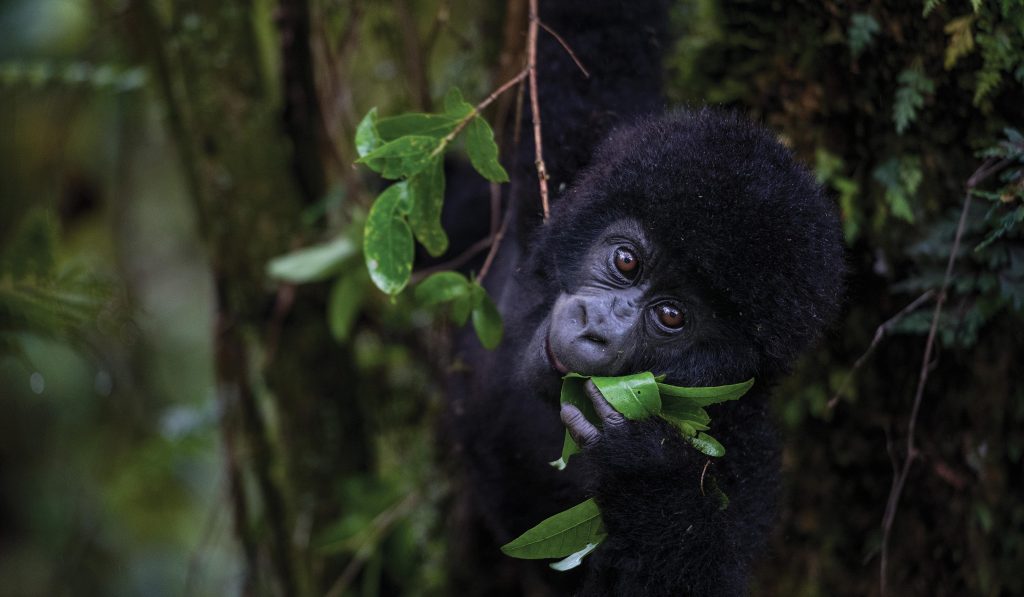
The park rangers and park guides, that undergo training by Uganda wildlife Authority, oversee the gorilla trekking process, ensuring adherence to these regulations. Additionally, international organizations like the International organizations conservation Programme (IGCP), and the World Wildlife Fund (WWF) provide expertise and guidance on sustainable gorilla tourism practices.
Local communities, through revenue-sharing schemes and community-based tourism initiatives, also participate in the decision making process, fostering a collaborative approach to managing Mgahinga Gorilla National Park’s fragile ecosystem. This multi-stakeholder approach guarantees responsible tourism practices, balancing human interests with the gorilla conservation and the habitat preservation.
